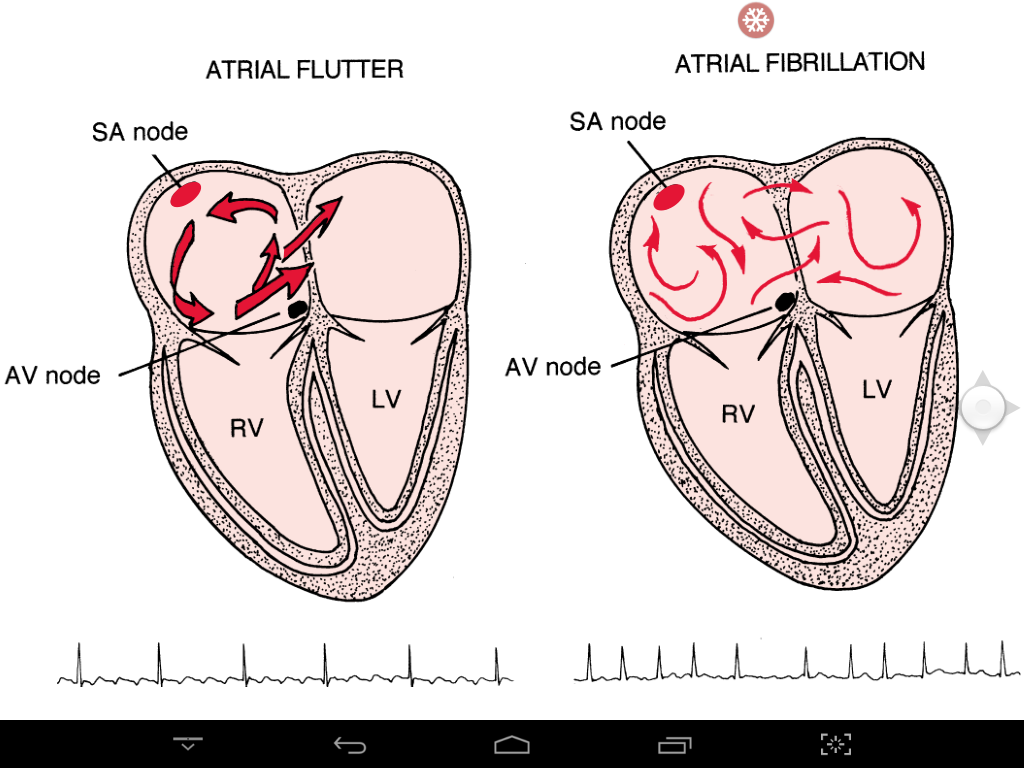


This inexperience translates into worse clinical outcomes, he said. Oussama Wazni, MD (Cleveland Clinic, OH), who was not involved in the study but was part of the Cleveland Clinic group that published data on more than 10,000 patients who underwent A-fib ablation, noted that more and more centers with less experience are performing the procedure. “I have performed thousands of AF ablation procedures over the past two decades, and I have never had a patient die as a result of the procedure.” “When I first read this paper, my initial reaction was that the findings must be incorrect,” he writes. In an editorial accompanying the study, Hugh Calkins, MD (Johns Hopkins Hospital, Baltimore, MD), expresses consternation at the real-world mortality rate. When I first read this paper, my initial reaction was that the findings must be incorrect. For example, there were no deaths in the pivotal FIRE AND ICE, CASTLE-AF, and CABANA trials, and no deaths reported in other analyses from large, high-volume academic medical centers. To TCTMD, Cheung said the overall mortality rate following A-fib ablation was surprising because it is significantly higher than what has been reported in randomized trials. So, it suggests that it’s not so much an issue of hospitals or operators doing a worse job with the procedure, but that we’re ablating sicker and sicker patients.” If you adjust for this, that trend is attenuated. “While it’s certainly concerning, at least we were able to observe that there was a trend toward increasing comorbidity burden among those patients undergoing catheter ablation procedures. “There are some year-to-year fluctuations, but there is a statistically significant trend,” said lead investigator Jim Cheung, MD (Weill Cornell Medicine-NewYork Presbyterian Hospital, New York, NY), in reference to the increase in early mortality. Moreover, quarterly rates of early mortality after ablation increased over time, increasing from 0.25% in 2010 to 1.35% in 2015 ( P < 0.001). The early mortality rate, defined as death during the initial admission or 30-day readmission period, was 0.46% among more than 60,000 patients treated for A-fib ablation between 20. (UPDATED) The risk of death following catheter ablation for atrial fibrillation is higher than rates observed in randomized controlled trials, with the majority of deaths occurring not during the procedure but rather in the 30 days after discharge, according to a large analysis of real-world data.


 0 kommentar(er)
0 kommentar(er)
